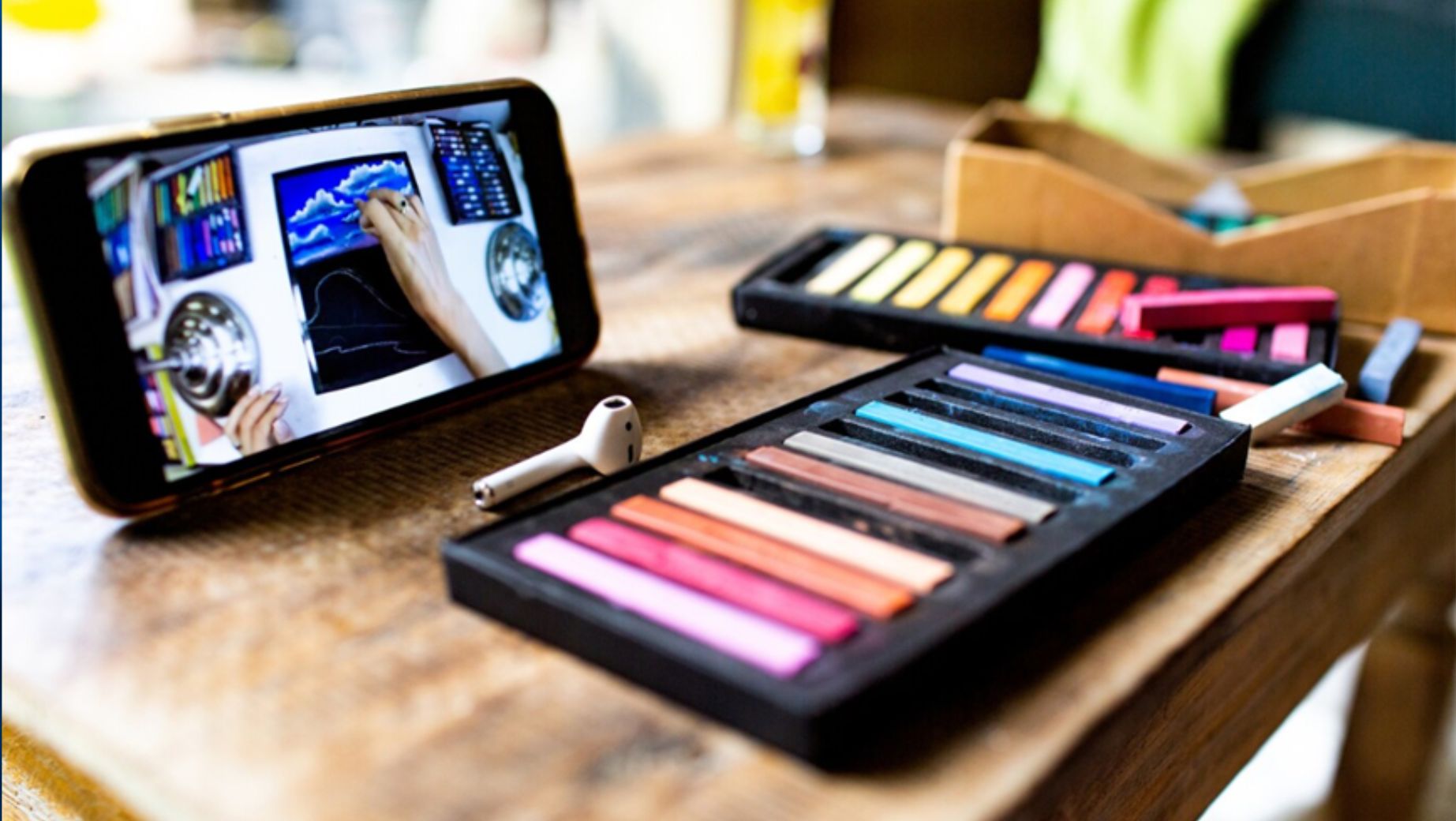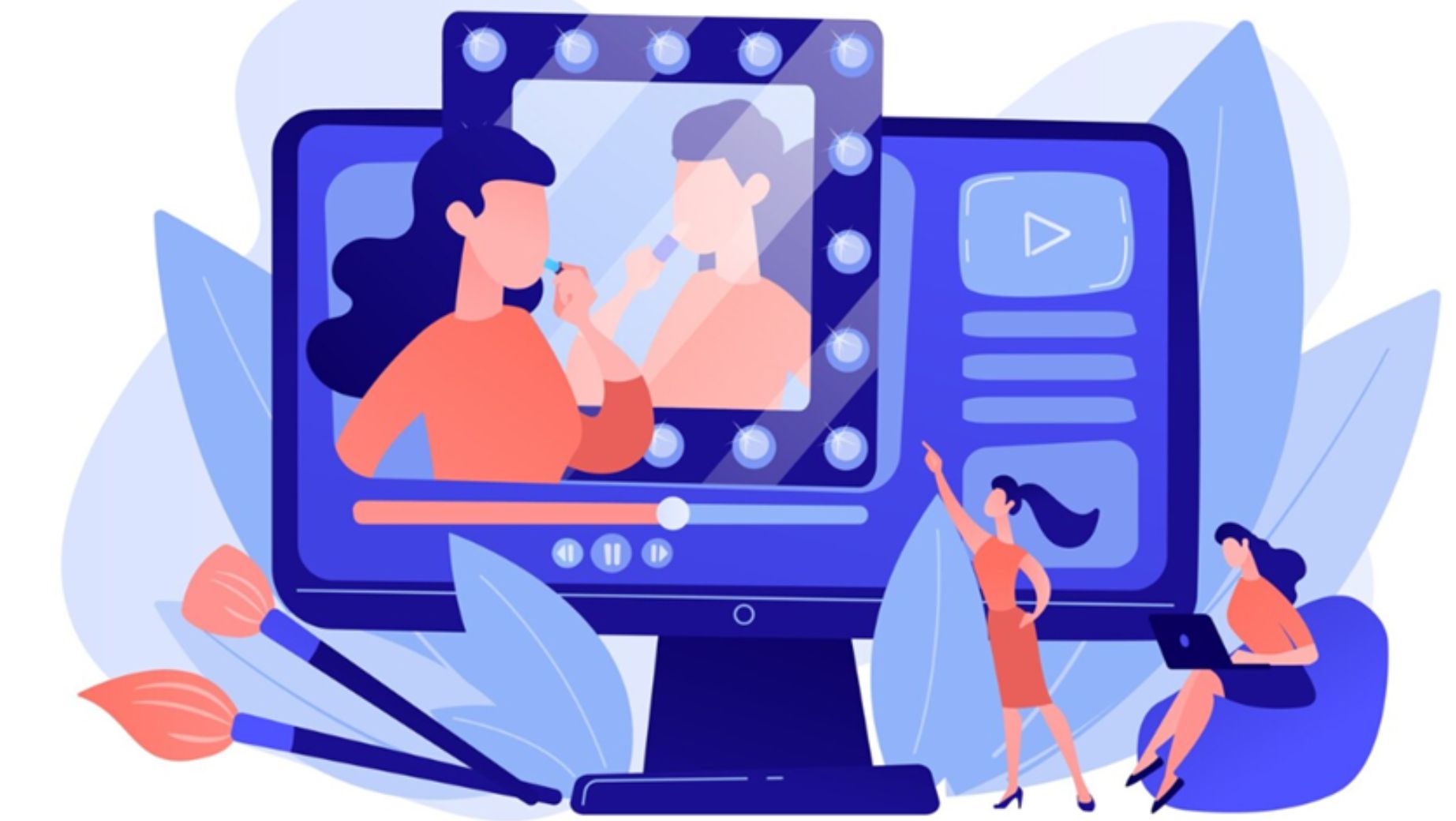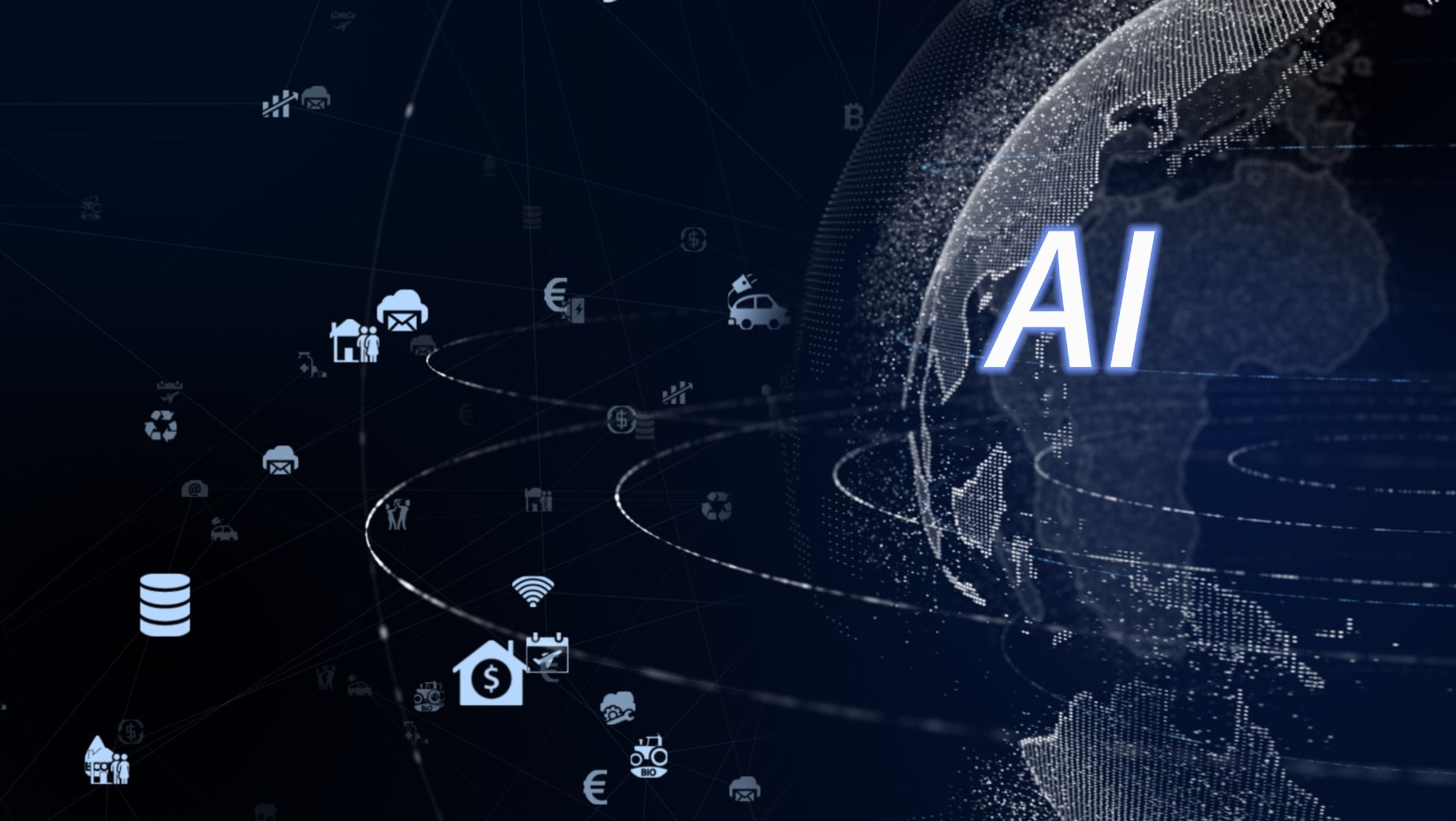
Video colorization has traditionally been a complex and time-consuming process. Historically, artists painstakingly hand-painted each frame of black-and-white videos, which was both costly and labor-intensive. However, with modern advancements, AI video colorization has completely transformed the process, making it accessible, faster, and more efficient. This new technology has enabled a wide range of creators—from filmmakers to casual enthusiasts—to restore, enhance, and add life to vintage footage.
From Manual to Machine: The Evolution of Video Colorization
Traditional Video Colorization:
- Artists would manually colorize each frame, relying on historical references.
- This process was slow, taking days or even weeks to complete even short clips.
- Only high-budget projects could afford this labor-intensive technique.
The AI Revolution:
- Today, AI-powered tools, such as UniFab’s Colorize Video AI, automate the colorization process.
- AI uses machine learning algorithms to analyze each video frame and apply realistic colors.
- The result? Faster, more accurate, and affordable colorization.
How Does AI Video Colorization Work?
AI video colorization tools use deep learning algorithms trained on vast datasets of colored and monochrome images. These systems are capable of:
- Frame-by-Frame Analysis: AI scans each frame of a video, recognizing objects and the scene’s context.
- Contextual Understanding: Based on its analysis, the AI applies appropriate colors to each object. For example:
- Lush forests are colorized with different shades of green.
- Sky scenes are rendered with natural blue or gray hues.
- Seamless Color Application: The AI ensures the colors are consistent across frames, avoiding color mismatches and unnatural transitions.
This technology allows video creators to quickly turn monochrome footage into vibrant, lifelike visuals with minimal effort.
The Benefits of AI Video Colorization
The advent of AI video colorization brings numerous advantages to video creators, historians, filmmakers, and enthusiasts. These include:
- Time Efficiency:
AI can colorize videos in minutes compared to the days or weeks it once took with manual methods.
The speed of colorization allows for faster project turnarounds, increasing productivity.
- Cost Reduction:
Reduces the need for expensive manual labor, making colorization more accessible to a wider audience.
This affordability opens up new creative possibilities for smaller studios and independent filmmakers.
- Consistency Across Frames:
Manual colorization often led to inconsistencies in tone and hue across frames.
AI ensures color consistency throughout the video, creating a seamless viewing experience.
- Historical Preservation:
Older films and documentaries that were originally shot in black-and-white can be restored and enhanced.
This process makes historical content more engaging and relatable for modern audiences, giving them a richer viewing experience.
Filmmakers can use this technology to reimagine and transform classic films or create entirely new content.
Real-World Applications of AI Video Colorization
The potential applications for colorize video AI are diverse and far-reaching. Some of the most exciting uses include:
- Historical Documentaries: Directors and producers are using AI video colorization to bring archival footage to life, allowing viewers to experience history in full color.
- Restoring Classic Films: Many classic black-and-white films are now being colorized for modern audiences, offering a fresh perspective on familiar classics.
- Film Industry: The entertainment industry is embracing AI video colorization to enhance older movies and TV shows, making them more marketable to younger, more visually oriented audiences.
- Personal Projects: Home video enthusiasts are also using AI tools to colorize their family videos, turning old memories into vibrant, shareable content.
Why AI Video Colorization Is a Game-Changer
AI video colorization is not only a technical breakthrough but also a creative revolution. It allows creators to work more efficiently, with fewer resources, while still producing high-quality, professional results. The ability to colorize video AI provides greater creative flexibility and a deeper emotional connection to the content.
Here’s why AI video colorization stands out:
- Democratizing Video Enhancement: The cost-effectiveness of AI tools like UniFab’s AI Video Colorizer makes this technology accessible to more creators and projects, leveling the playing field for independent filmmakers and content creators.
- Quick Turnaround for Projects: Whether you’re working on a historical documentary or an experimental film, AI can speed up the colorization process, allowing projects to meet tight deadlines.
- Perfect for Modern Audiences: Younger generations are more accustomed to high-definition, color-rich content. AI colorization offers a way to make old content appealing to today’s viewers, giving it a fresh lease on life.
Conclusion
AI video colorization has fundamentally changed the way we approach video restoration and enhancement. With tools like UniFab’s colorize video AI, creators now have the power to breathe new life into black-and-white footage, restoring old films and videos with speed, precision, and affordability. As this technology continues to improve, we can expect to see even more groundbreaking developments in the world of video production, allowing creators to tell their stories in innovative and captivating ways.




